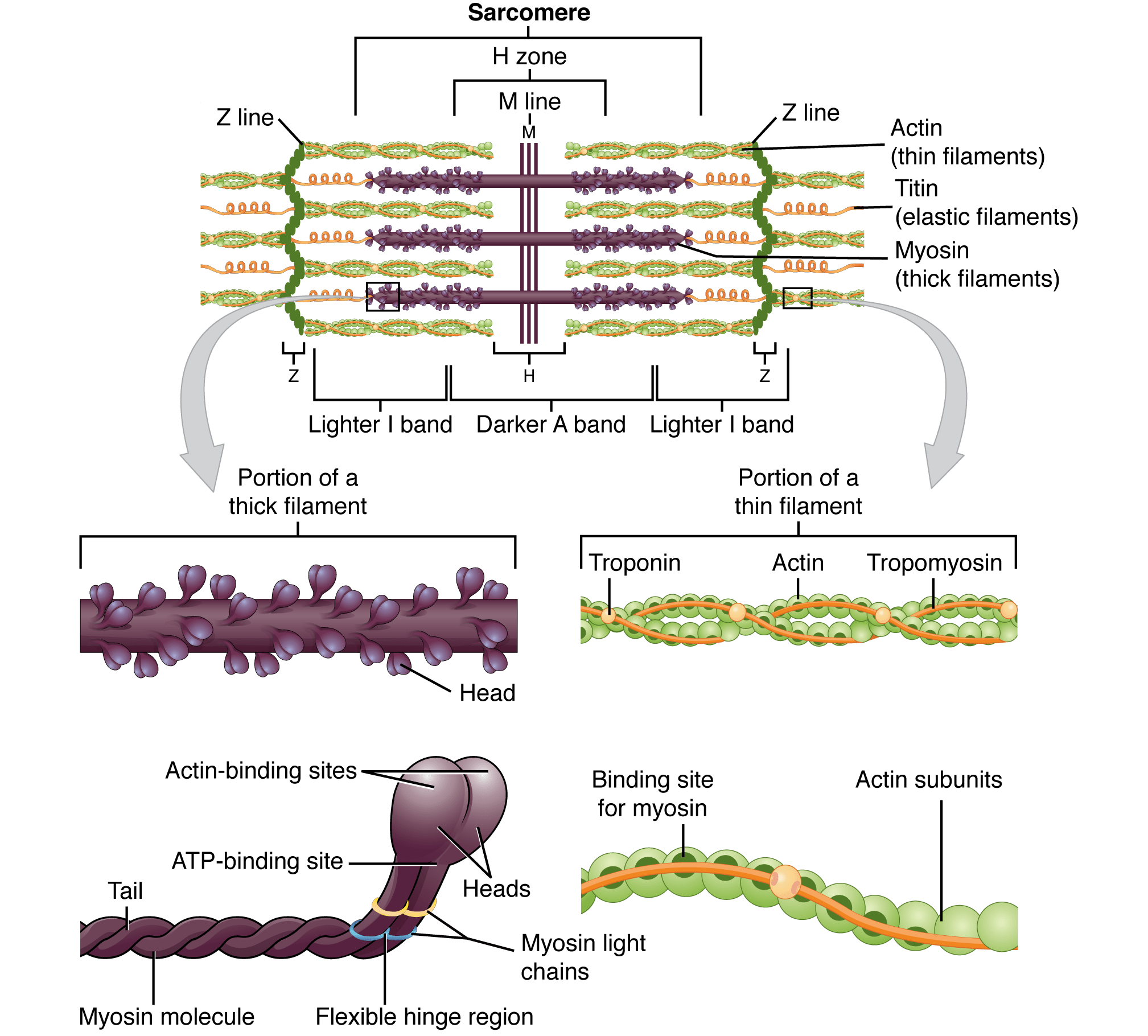It is the largest nerve in the human body. It arises from ventral rami of spinal nerves L4-S3 from the lumbosacral plexus. It travels posteriorly in the lower limb all the way up to the heel. Near the popliteal fossa it divides into the tibial and common peroneal nerves. The tibial nerve continues to travel posteriorly in the leg and foot while the common peroneal nerve travels in the lateral and anterior compartments of the leg and foot.
| Nerve | Muscles supplied | Actions | Sensory supply* |
|---|---|---|---|
| Sciatic Nerve** | Biceps femoris, semimembranosus, semitendinosus, ischial part of the adductor magnus (hamstrings) | Flexion of the knee and adduction of the hip | No direct sensory innervation |
| Tibial Nerve | Gastrocnemius, soleus, plantaris and popliteus, flexor hallucis longus, flexor digitorum longus, tibialis posterior | Plantar flexion and flexion of the toes | As medial and lateral plantar nerves to the sole of foot and heel |
| Common Peroneal Nerve | Tibialis anterior, extensor hallucis longus, extensor digitorum longus, peroneus longus, brevis and tertius | Dorsiflexion of the foot, toe extension and eversion of the foot | As superficial peroneal nerve to the posterolateral part of leg and dorsum of the foot. As deep peroneal nerve to skin between first and second toes |
** The posterior cutaneous nerve of thigh runs with the sciatic nerve and supplies sensory innervation to the posterior thigh and inferior buttocks. The sural nerve is formed by contributions from tibial and common peroneal nerves and is sensory to the calf and a small area along the lateral foot.
It is low back pain associated with radiating pain down the buttocks and posterior lower limb in sciatic nerve distribution. The pain is shooting or burning, of variable intensity and may be accompanied by muscle weakness and numbness. Any condition that causes impingement or irritation of the sciatic nerve can cause sciatica e.g. lumbar disc prolapse, lumbar spinal stenosis (typically bilateral sciatica), spondylolisthesis, osteoporosis, pregnancy, piriformis syndrome etc.
It is due to increase in the intracompartmental pressure interfering with local circulation and is seen wherever a compartment is present like arm, forearm, hand, abdomen, lower limbs etc. Common causes are local trauma, fractures, repetitive exercise, burns, gunshot wounds, tight splints etc. It clinically presents as local pain out of proportion to injury, worse on passive stretching, numbness, maybe absent pulses, local edema and swelling. It is treated with early decompression by fasciotomy.
It is caused by compression of the tibial nerve or branches as it passes through the tarsal tunnel under the flexor retinaculum at the ankle. It presents as pain, tingling and numbness radiating from the ankle, medially to the ankle and foot.
Common peroneal nerve injury results in foot drop and sensory loss in peroneal nerve distribution. Injury is common as the nerve lies close to the skin on the lateral part of the leg, just under the knee as it winds around the neck of the fibula. It can occur in knee dislocations, tight plaster casts, fracture of the fibula etc.
They are stretch reflexes modulated by muscle spindles. Reflexes are graded from 0 to 4+. 0 means absent reflex; 1+ means weak reflex; 2+ means brisk; 3+ means very brisk and 4+ is clonus (repeating).
| Reflex | Nerve Root |
|---|---|
| Jaw jerk | Trigeminal nerve |
| Biceps jerk | C5,6 |
| Triceps jerk | C6,7 |
| Brachioradialis | C5,6 |
| Finger jerk | C8-T1 |
| Knee jerk | L3,4 |
| Ankle jerk | S1 |
The sarcomere is the basic functional unit of a muscle. The sarcomeres join to form muscle fibres which are covered by endomysium. The fibres join to form fascicles that are covered by perimysium. The fascicles are then covered by the epimysium. Each sarcomere is bounded by Z discs. Attached to the Z discs are the thin actin filaments. The zone on either side of the Z disc is composed of thin filaments only and is called the I band or light band. In between two I bands is the A band. The A band shows dark bands composed of overlapping thin and thick myosin filaments, M line and H zone. The M line is in the center of the sarcomere and attaches the thick filaments. H zones have only thick filaments. When the muscle contracts, the sarcomere shortens, I band and H zone get smaller, the width of the A band remains the same and dark band increases in size as this area has overlapping thin and thick filaments. Increased overlapping is seen during a muscle contraction. According to the sliding filament theory of muscle contraction, the binding of myosin to actin filaments allows myosin to function as a motor that drives filament sliding. This process requires energy in the form of ATP.

Sign up for free to take 2 quiz questions on this topic